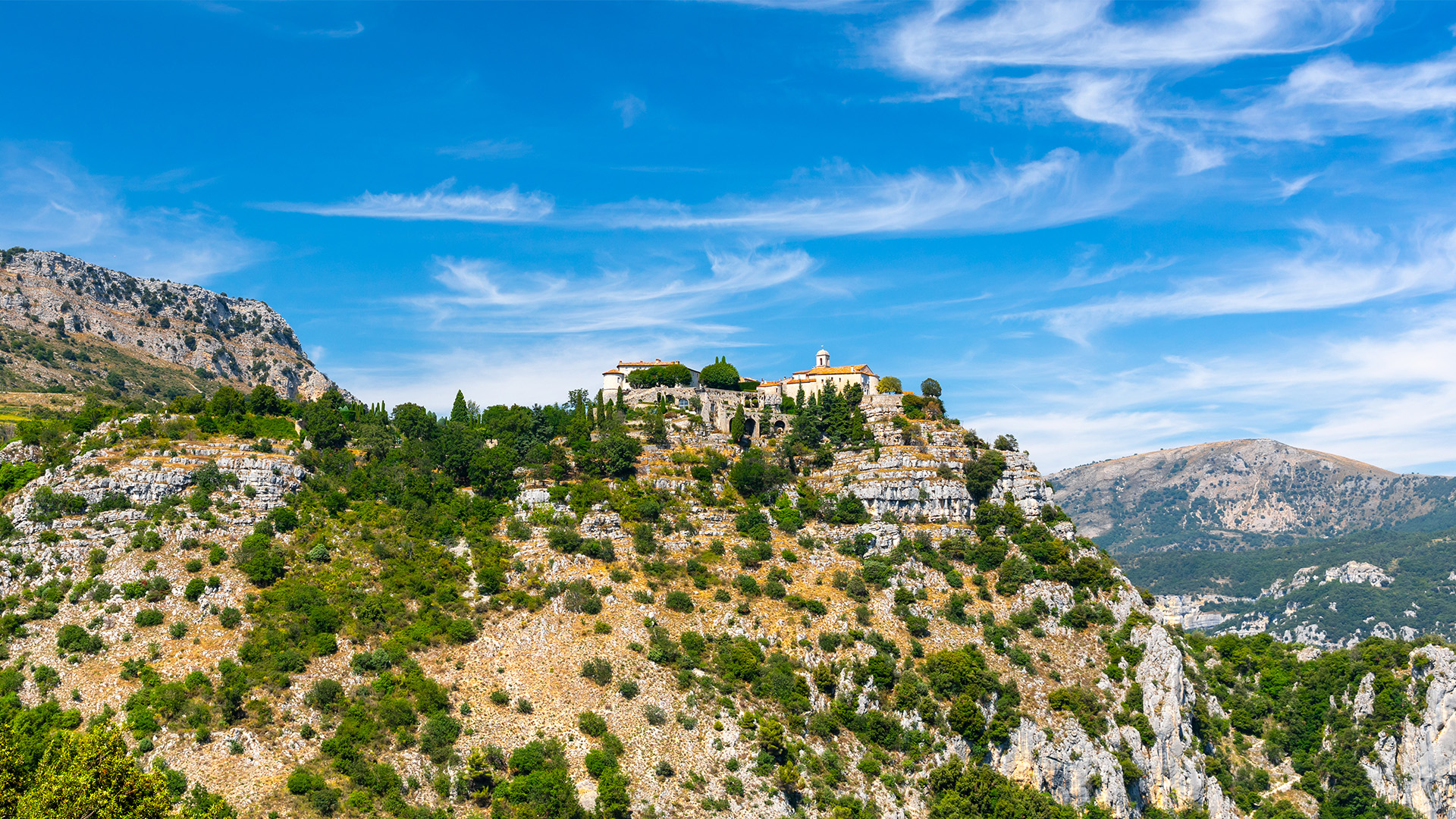
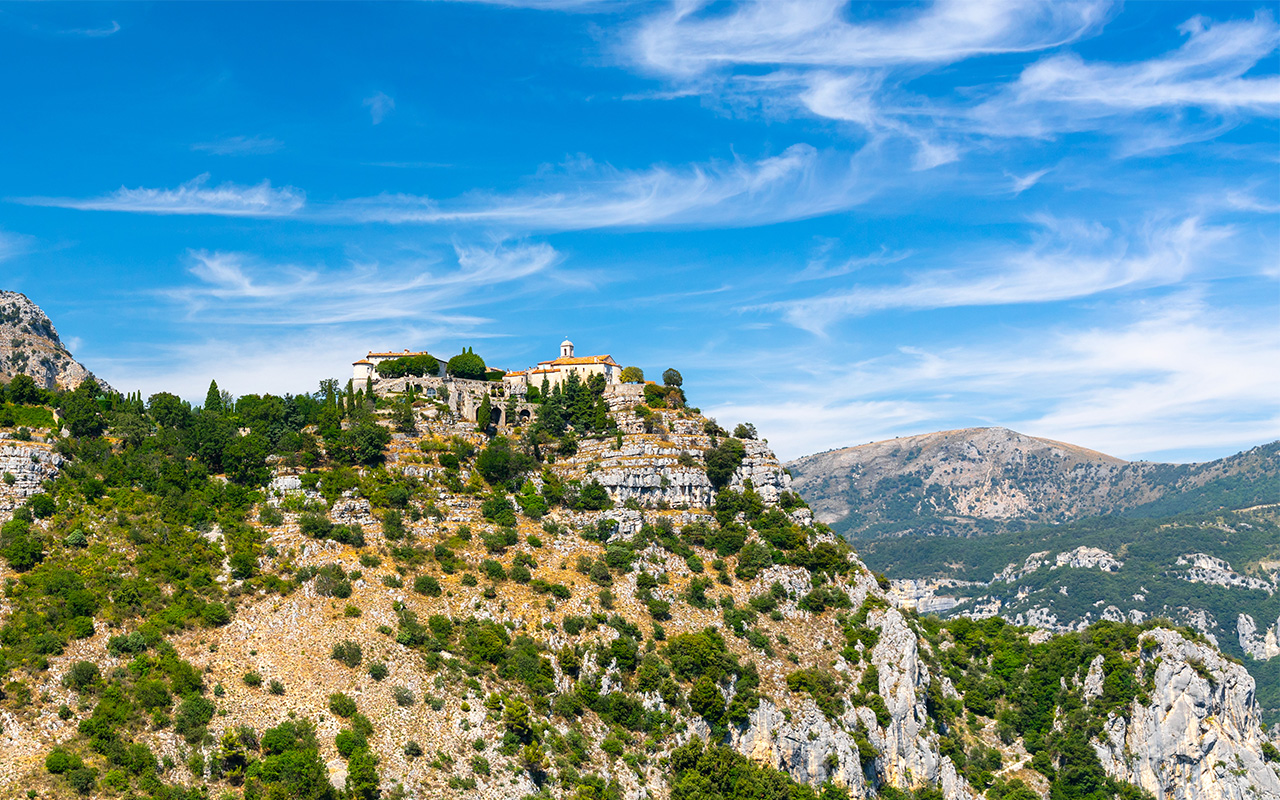
The Pre-Alps
The Pre-Alps
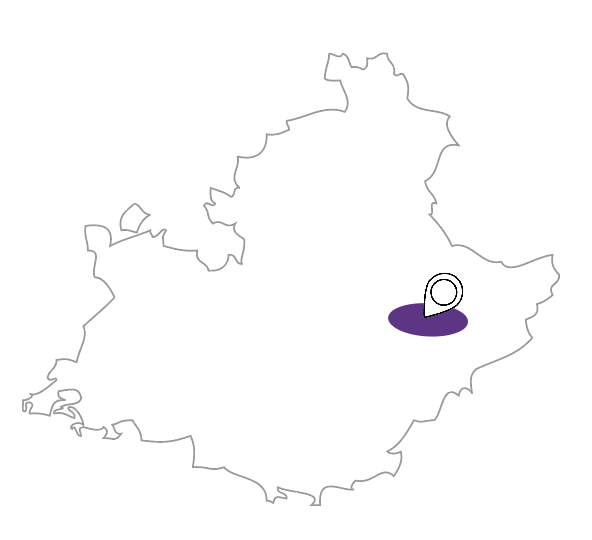
a perfume factory
a perfume factory
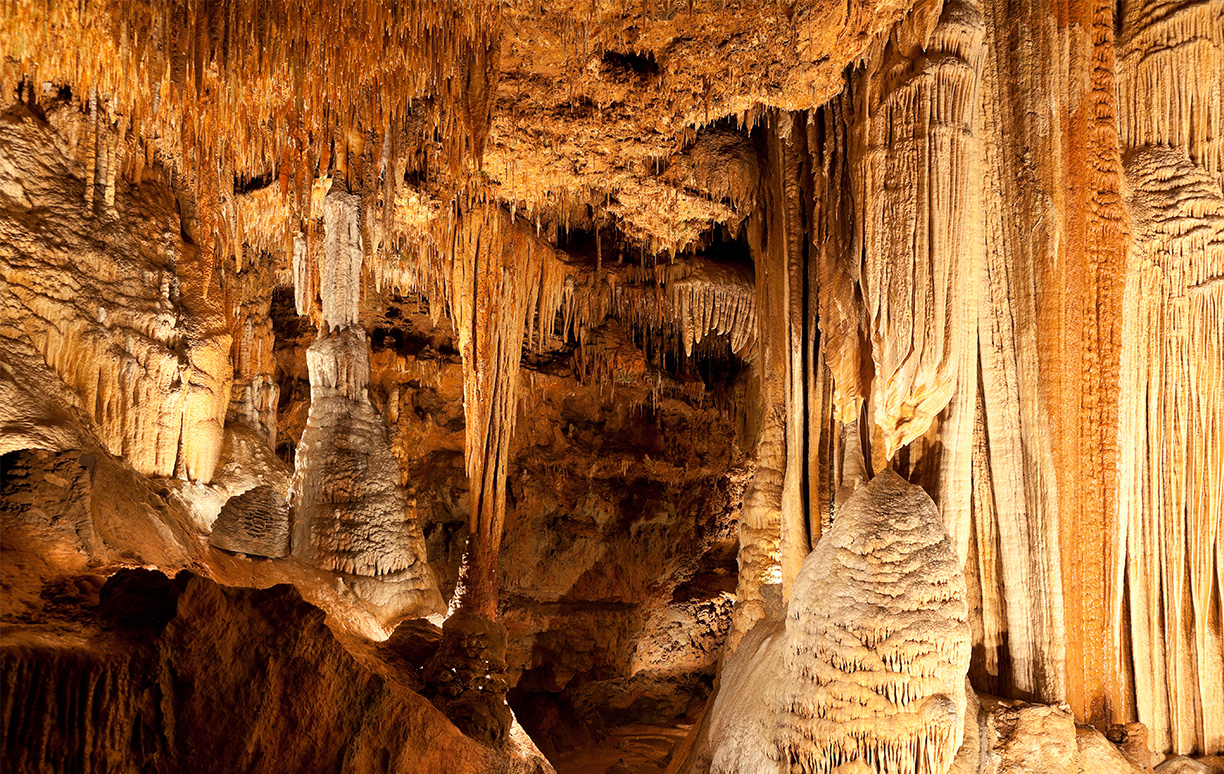
To the bat cave
Located in Alpes-Maritimes, the Préalpes d’Azur Regional Natural Park ranges in altitude from 300 to 1,800 metres, between the Valleys of Le Loup, Le Cagne, L’Estéron, La Siagne and Le Var.
It’s comprised of vast tracts of crumpled limestone and karstic pastures, communal forests and perched villages, which are interspersed with thousands of caves. These are important roosting sites for many bat species. It too is the source for the fragrant oils its plants produce that are harvested and turned into luxury perfumes in Grasse.
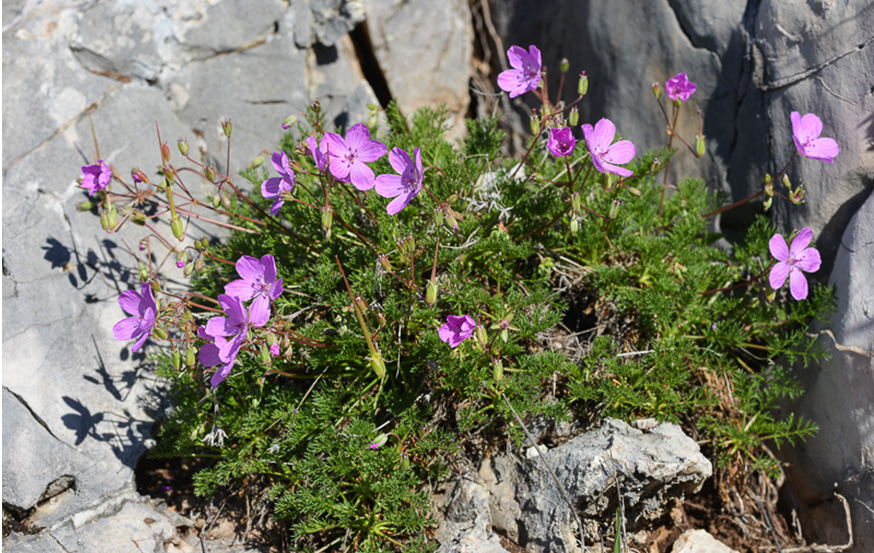
Endemic geranium
2 000 plant species, are present in the Préalpes d’Azur with some unique in this world They include a wild geranium that is endemic to this particular territory. The Erodium rodiei has small flowers around 3cm in diameter made up of 5 purple veined petals. Its location is restricted to four sites around Saint-Vallier-de-Thiey (06) and Mons (83). This makes it extremely vulnerable to extinction.
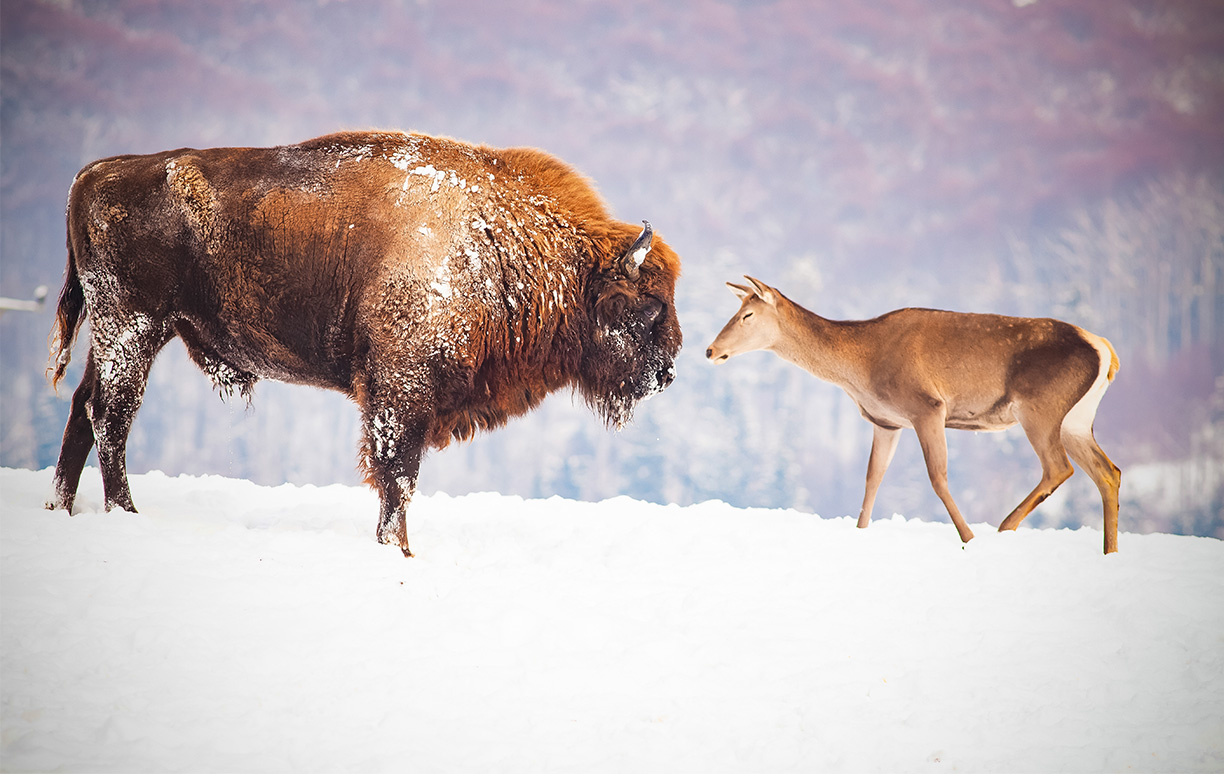
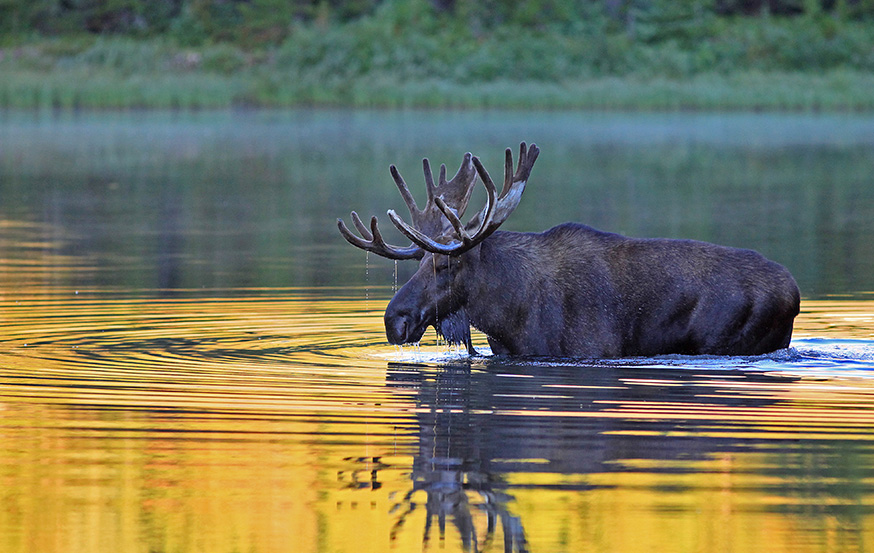
Rewilding practices
Reserve Des Mont D’Azur
The Monts d’Azur Biological Reserve is an enclosed animal park. There you can find ancestral and amazing species of European fauna living side by side: European Bison, Red, Fallow and Roe deer, surprisingly even Elk and the Przewalski’s horse. These species are often considered ecosystem engineers and important for any rewilding initiative. Their land management paves the way for other species to make their return. In total, there are several hundred species wandering the 700 hectares of the Reserve. It is worth a visit, but for me personally I’d rather see this implemented into our landscapes without fences.
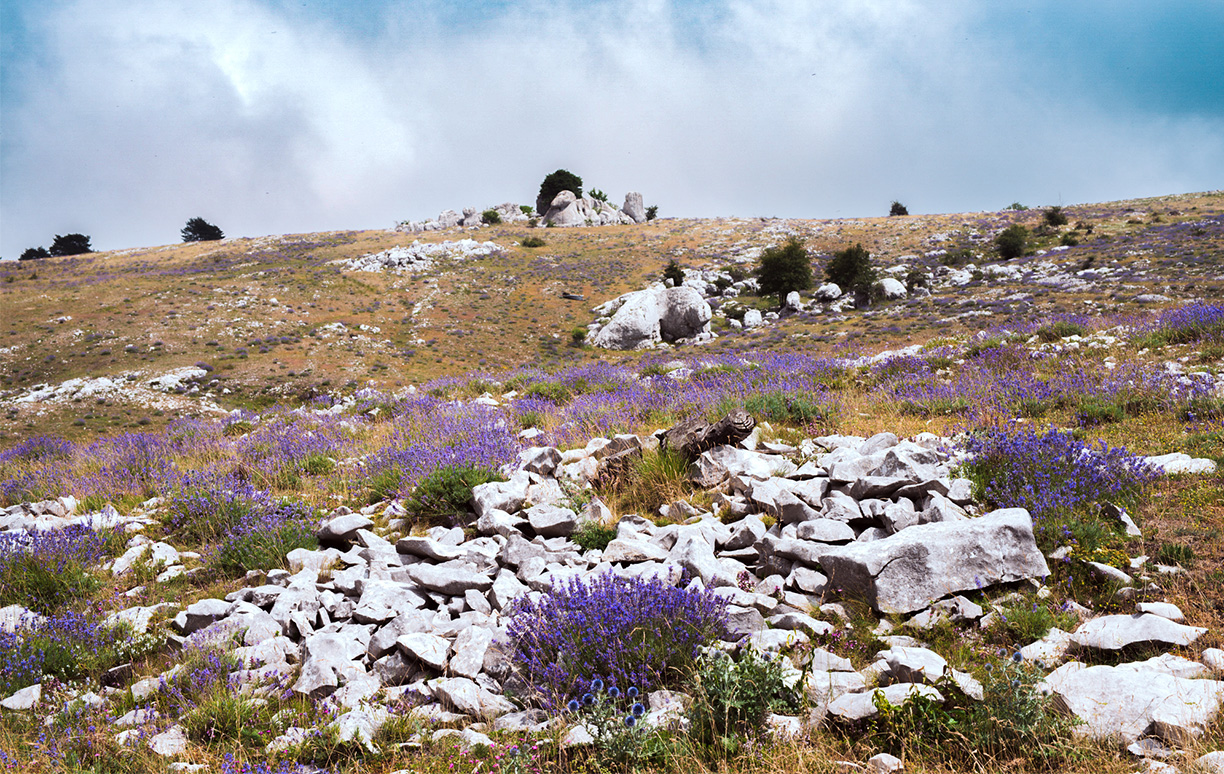
Plateau de Calern
A remarkable karstic plateau (eroded limestone by water & CO2) located behind Grasse. The site is home to environments of exceptional richness in terms of landscape, geology, culture and biology. These landscapes are the result of ancient pastoral activity and micro-climates generated by the numerous changes in the depression of the terrain, eg sinkholes. Rich in orchids and insect species such as the bioluminescent glow worms a personal favourite of mine.
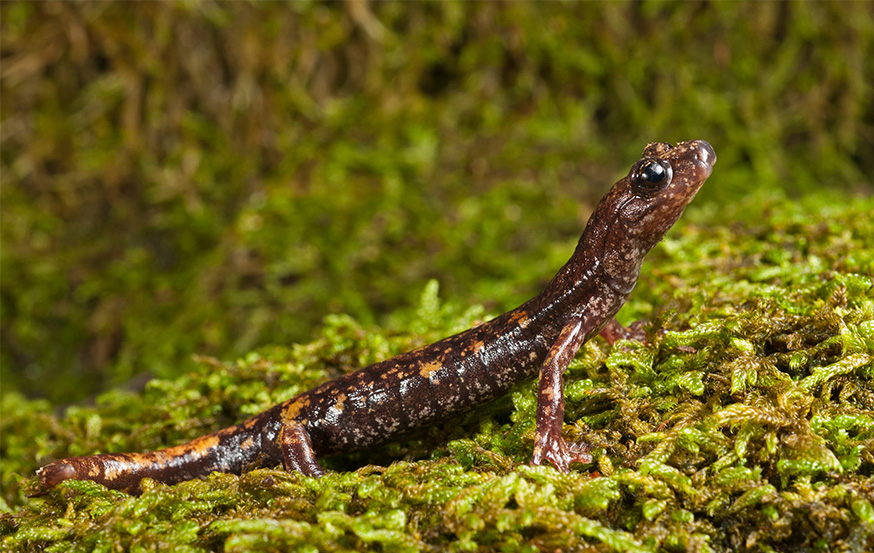
Strinati’s cave salamander
A small discrete and nocturnal amphibian An adult measures between 8 and 13 cm. It hunts on the move and captures its prey (spiders, crustaceans, insect larvae, etc.) with its protractile tongue (like that of chameleons). It is yet another species with a very limited range that we are fortunate to have in our region.


